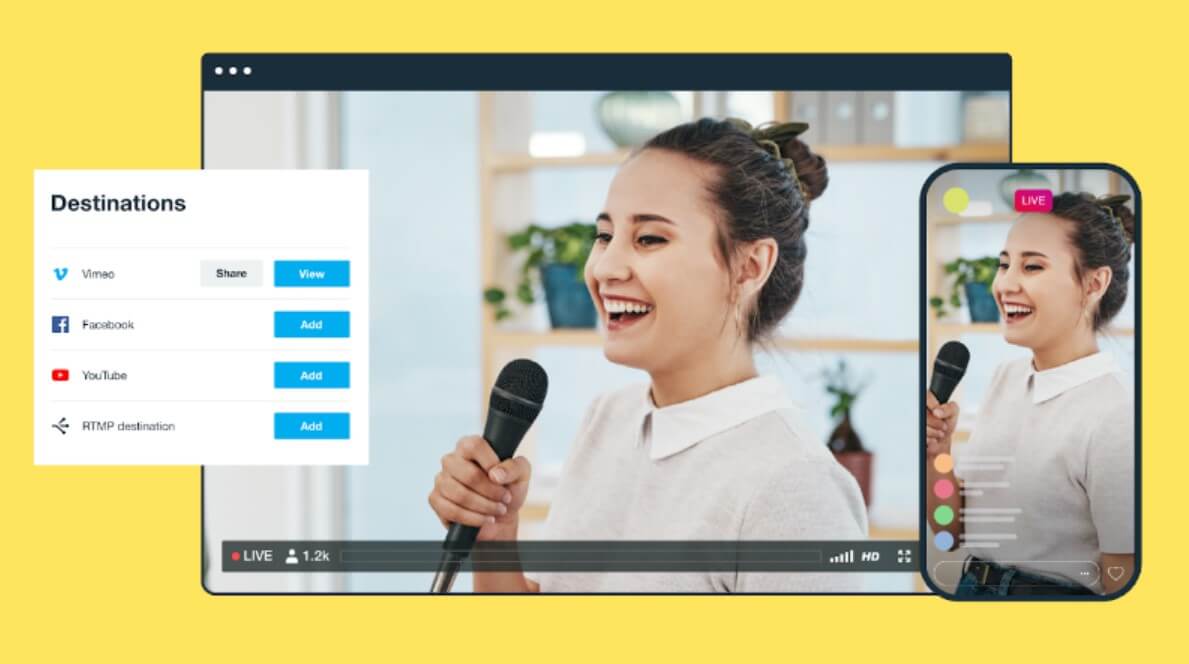Marketing is a complex field that encompasses many different approaches and activities. Each business must formulate its marketing plan based on its unique selling proposition and the profile of the target group that is most likely to make a purchase. Acquisition marketing is one possible approach that puts companies in a great position to continue growing and create new streams of revenue.
Top-decision makes should be aware of the specific nature of acquisition marketing and prepared to deploy it strategically when the situation calls for it. While some businesses leave this job to specialists or outsource it to marketing agencies, it doesn’t hurt to learn more about the basic terminology and its implications on practical efforts. This guide to acquisition marketing is intended to educate business owners and managers about the pros and cons of this type of interaction with potential customers.
Also Read:
Hyperlocal Social Media Marketing >
Low vs. High Context Marketing Strategies >
What is Acquisition Marketing?
The defining factor that separates acquisition marketing from related approaches such as brand visibility building is the main objective of the campaign. When a business aims to attract new customers and coordinates all of its marketing activities with this goal in mind, it is engaging in acquisition marketing whether it’s using the term or not.

What is Acquisition Marketing
While this definition is very broad and can include many different types of campaigns, the concept of acquisition marketing is useful when considering how to present the brand to the public. It signifies a clear orientation towards growth, both in terms of number of users and total revenues. The main focus is on conversion of leads into paying customers, with all channels contributing to this process. Thus, acquisition marketing is not bound by specific media or activity types.
There are significant differences between acquisition marketing and alternative strategies that aim to quickly make the brand better known globally. While both approaches depend on high-quality leads and far-reaching advertising networks, they are attempting to drive different behaviors and should thus be evaluated with different metrics. For campaigns aiming to boost brand visibility, a sheer number of interactions with new customers may look like success, but acquisition marketing requires a sale to be made in order for the customer to be officially ‘acquired’.
Key Channels for Acquisition Marketing
As previously stated, many different channels can be integrated into a wider customer acquisition campaign and used to support each other and deliver key messages to the right recipients. Since we are living in the era of digital marketing, most of the leading channels for this type of promotion are internet based, but traditional media can be useful as well. Here is an overview of the marketing channels that offer the greatest potential for successful execution of an acquisition-oriented campaign.
SEO
Search Engine Optimization (SEO) is a group of techniques that helps advertisers to show up on the first page of the results for relevant Google searches, which in turn drives traffic to the linked landing pages. This is a dominant marketing paradigm at the moment and is typically used in conjunction with content marketing. Since advertisers can choose for which keywords to optimize their content, it’s very easy to fine-tune an SEO campaign and prioritize customer acquisition.
Social Media
No media channel is more interactive than social networks, which is why they are ideal for relationship building of any kind. Brands had been using social media to maintain communication with their existing customers for a while, but would be wise to expand their activities and support acquisition efforts. Visual nature of this channel means that brands can present their products and services in detail, while at the same time allowing the customers to get a better idea of their benefits.
Blogs
When there is a need to explain the offer with even more particularities, a corporate blog is a great format that allows for a more personal, fact-supported approach. Presumably, users who take the time to read the blog and post their comments are those that have an organic interest in the brand and its products. A well-written blog that outlines the main brand messages in a friendly tone can be a powerful acquisition tool, especially when delivered through social media or directly to e-mail.
Video streaming platforms
It’s no secret that reliance on rich media formats such as video tends to result in higher conversion rates. In the digital age, the easiest way to use video for your acquisition marketing campaign is to post multimedia content to online streaming platforms (i.e. Twitch, YouTube…). Producing video clips is not very expensive with modern technology, so even smaller businesses should embrace this channel and use it to expand their reach and attract new buyers.

Live Session Interface
Local TV and radio
When targeting a local market, it makes sense to include broadcasting media popular in the area, such as television, radio, etc. Such channels may be available at a reasonable cost, while their precise targeting of relevant customers is a valuable asset. That’s why forward-thinking marketers shouldn’t forget about traditional media formats, especially when working with budget constraints.
How to Measure the Impact of Acquisition Marketing
The principle of accountability applies to acquisition marketing – companies need a way to demonstrate that their efforts are actually making a tangible impact. This can be done by measuring marketing performance using a variety of quantitative indicators. The choice of indicators should be balanced against campaign objectives, which in case of acquisition marketing must include growth-related trends.
Here is a list of useful performance metrics that need to be tracked in order to properly evaluate whether your customer acquisition campaign is hitting the targets.
- Total number of impressions on advertisements, blogs, and social media posts
- Click-through rates for all media channels
- Total number of visits to the company website and key landing pages
- Lead rates for specific marketing actions
- Conversion rates for individual channels as well as the overall campaign
Frequently Asked Questions about Acquisition Marketing
What is the main difference between acquisition marketing and sales oriented campaigns?
Acquisition marketing is a broader term, and it denotes efforts to convert leads into new customers. While sales campaigns also aim to improve revenues, they often target existing customers through cross-sell opportunities, which technically doesn’t constitute new buyer acquisition.
How long does an acquisition marketing campaign typically last?
Efforts of this type are usually conducted on a long-term basis, with periods of more intense activity followed by data collection and analysis. The initial phase should last at least 3-6 months, leaving enough time to establish organic connections with the customer and receive their feedback.
How company size affects the way an acquisition marketing campaign should be conducted?
Businesses at any scale can benefit from acquisition marketing, but size is certainly a factor that must be accounted for. Larger brands already have lots of customers, but could aim to grow their presence in a specific market or popularity with a certain age group. Smaller businesses on the other hand must try to keep the cost of acquiring leads and customers as low as possible.
Final Considerations
Learning the basics of acquisition marketing is a good move for any business owner or marketing manager with ambitions to facilitate growth. This field is very broad and allows for a lot of experimentation, especially for businesses willing to embrace digital channels. However, it’s important to keep track of the selected performance parameters and evaluate whether the strategic approach, key messages, and media mix are working well. With a few adjustments, it should be possible to attract many new buyers and establish a strong customer base without spending a huge amount of money.


